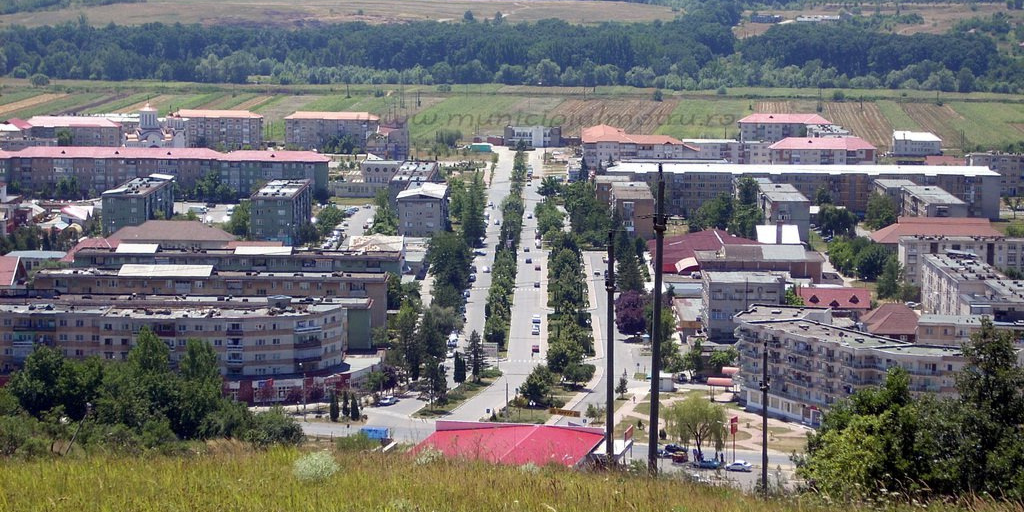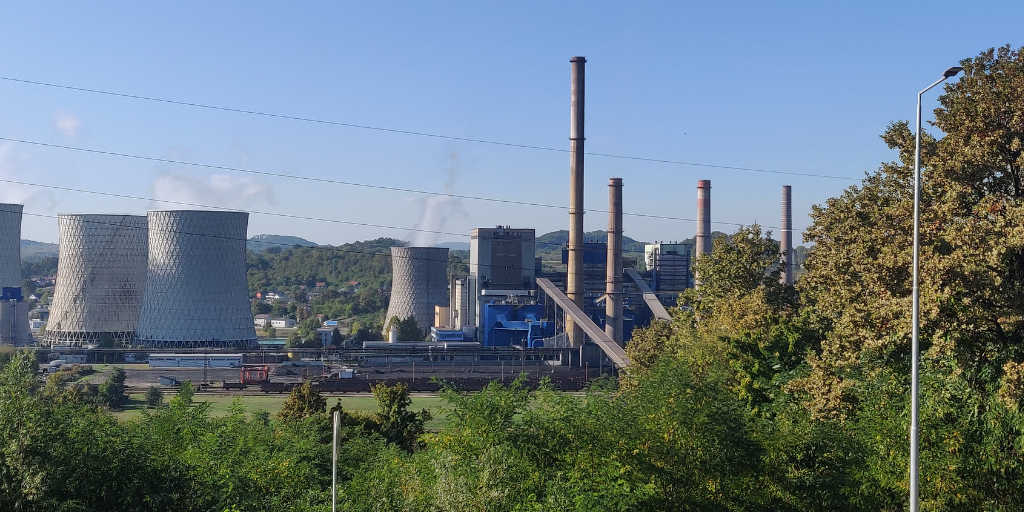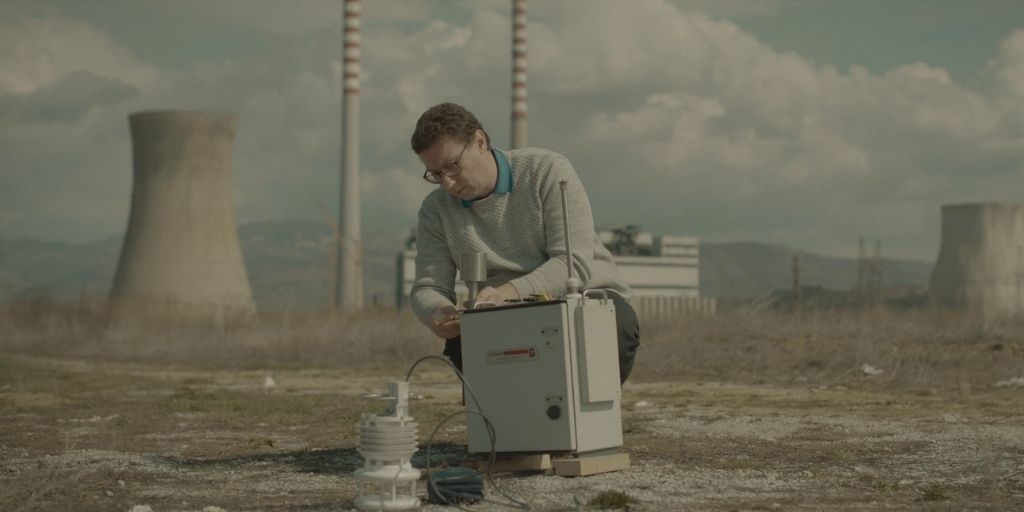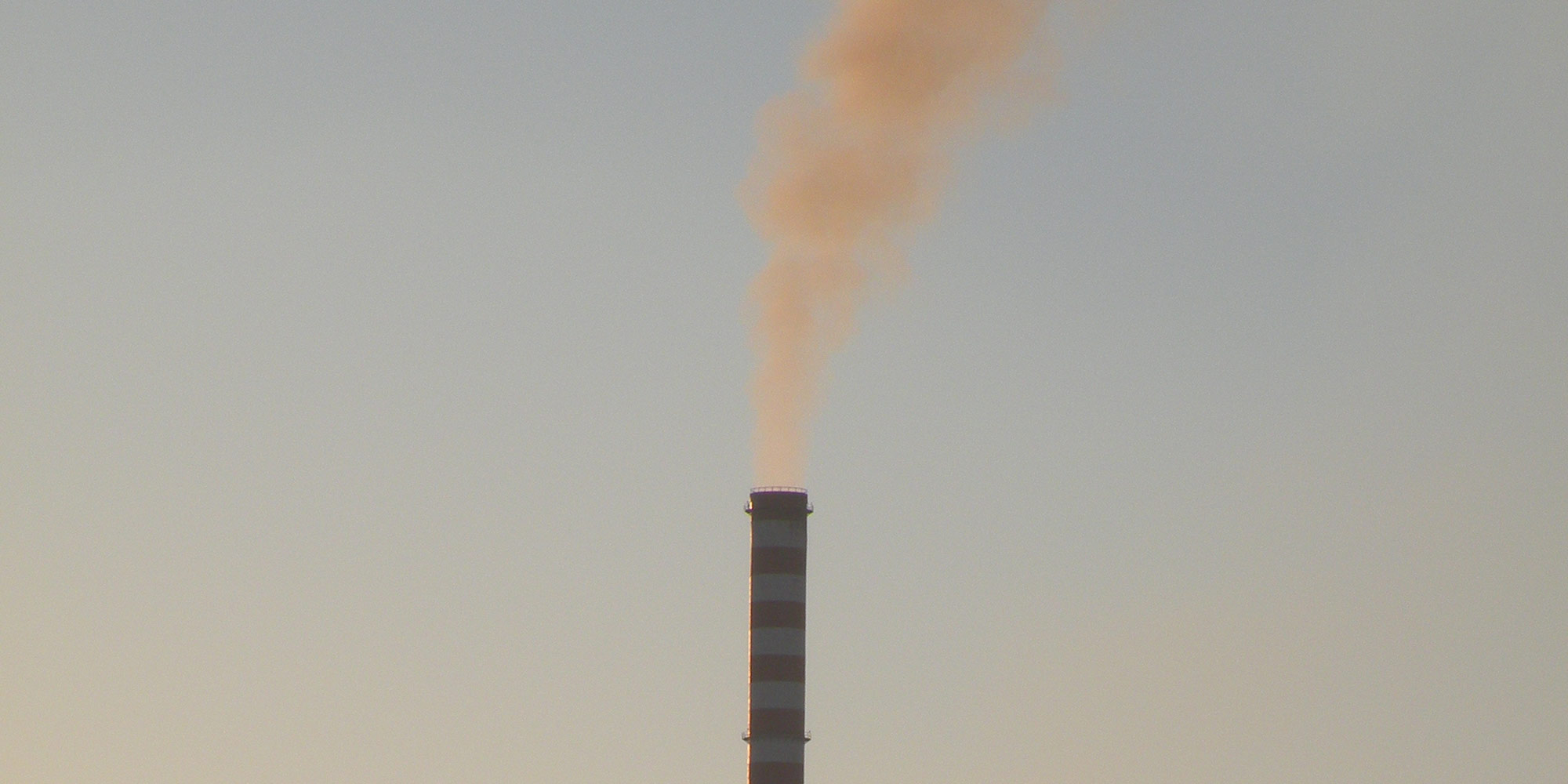Croatia has around four million inhabitants and rich potential for renewable energy and energy efficiency. In 2023, the country imported 56 per cent of its total primary energy supply, close to an EU average of 58 per cent. Croatia produces oil and gas but unlike most of its Western Balkan neighbours, it no longer has its own coal reserves.
Croatia is somewhat dependent on electricity imports, depending on hydrological conditions. However this is partly because the Krsko nuclear power plant in Slovenia, half-owned by Croatian state-owned utility Hrvatska Elektroprivreda (HEP), also contributes to Croatia’s electricity supply but is counted under imports in the statistics.
In 2022, 30 per cent of Croatia’s total electricity came from hydropower, 19 per cent from gas, eight per cent from coal, 11 per cent from wind, six per cent from biomass and less than one per cent each for solar, geothermal and oil. If we assume that Croatia was able to utilise half of Krško’s 2022 output, then this made up 15 per cent of its total electricity consumption, with a further ten per cent coming from additional imports.
Although Croatia has made some progress in using its wind potential, solar and solar thermal are underused compared to the obvious potential in this very sunny country. ry.
| Source | Solar PV | Wind |
| IRENA Cost-competitive potential | 3173 MW 4309 GWh |
14384 MW 28317 GWh |
| SEERMAP Decarbonisation scenario (2050 minus 2016) | 1839 MW 1837 GWh |
3857 MW 7215 GWh |
| SEE-SEP The EU Road scenario | 6950 MW 11830 GWh |
3200 MW 8450 GWh |
Renewables development was for years held back by low feed-in tariff quotas for solar. In line with EU State aid rules, Croatia has now switched to auctioning and feed-in premiums rather than feed-in tariffs, but delays in adopting the implementing legislation and adopting new energy and climate strategies created uncertainty for several years and slowed both wind and solar development.
Much time and resources have also been lost on pushing outdated projects such as the 500 MW Plomin C coal power plant, to be run on imported coal, the 450 MW Peruća gas power plant, and large-scale hydropower projects in sensitive locations such as Ombla and Kosinj. The first three have now been cancelled after civil society campaigns highlighted their weaknesses, while HEP is persisting with the latter. A highly unpopular and weakly justified floating LNG terminal on the island of Krk, with financial support from the EU, also started operating in early 2021, and as of December 2024, an expansion is also planned.
In November 2021 at the COP26 climate conference in Glasgow, Croatia’s Prime Minister announced a coal phase-out date of 2033 at the latest. In reality, it is likely to happen much earlier. Croatia only has one remaining coal plant, the 210 MW Plomin 2, which runs on imported coal, and with carbon prices expected to keep rising in the coming years, it is highly unlikely that it will remain economic to operate it until 2033.
Croatia still has plenty of potential for energy efficiency improvements, especially in the residential sector, though it has made some progress. As of 2022, its energy intensity, was still nearly 1.5 times the EU-28 average.
For a more in-depth look at barriers to a sustainable energy transition in Croatia and our proposals for how to overcome them, see our 2021 study with the Friedrich Ebert Stiftung: The Political Economy of Energy Transition in Southeast Europe – Barriers and Obstacles.
More on coal in the Balkans

Sustainable district heating gives hope to the Romanian city of Motru, in a coal mining region
A new study shows that the city’s district heating can come from fully renewable sources.
Read more

Bosnia and Herzegovina illegally extends lifetimes of deadly coal plants
Yesterday the Federation of Bosnia and Herzegovina’s Parliament voted to extend the lifetime of the antiquated Tuzla 4 and Kakanj 5 coal units, in clear breach of the Energy Community Treaty. The move condemns the public to yet more lethal air pollution.
Read more

The heroic dust monitor
This year we are marking five years since Bankwatch engaged in air pollution work in the Balkans. Throughout these years, there was one constant in the work – the environmental dust monitor. It has become the hero of many communities and is known to every organisation in the region that works for cleaner air.
Read more

